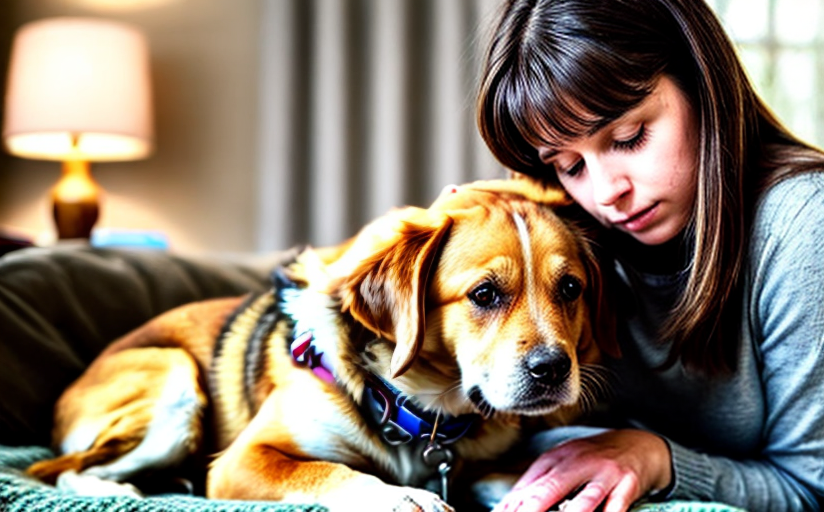Understanding Separation Anxiety in Pets: A Comprehensive Guide
In this article, we delve deep into the concept of separation anxiety in pets, a condition that affects many furry friends across the world. We will explore what separation anxiety is, the signs and symptoms to look out for, how it develops, as well as the various breeds of pets prone to this condition.
What Is Separation Anxiety?
Separation anxiety is a stress-related behavioural disorder common among pets, particularly in dogs and cats. It primarily occurs when pets get anxious, scared, or distressed when left alone or separated from their owners.
Signs and Symptoms of Separation Anxiety
Certain symptoms indicate that your pet might be suffering from separation anxiety. These include, but are not limited to, destructive behaviour, excessive barking or meowing, defecating or urinating in the house, changes in appetite, and excessive pacing.
Development of Separation Anxiety
Separation anxiety may arise due to several underlying elements, from major life changes like transitioning to a new home to more subtle causes like a change in the family’s daily routine or lack of proper socialisation.
Breeds Prone to Separation Anxiety
Some breeds are more susceptible to separation anxiety than others. For instance, breeds like the Labradors, German Shepherds and Border Collies are known for their higher likelihood of experiencing this condition.
Managing and Treating Separation Anxiety
We offer a comprehensive guide on managing and treating separation anxiety, which includes professional tips and techniques pet owners can use to help alleviate their pets' discomfort during periods of separation.
Preventing Separation Anxiety
Lastly, we'll shed light on how to prevent the onset of this condition from an early stage in a pet’s life. This comprises of early socialisation, gradual desensitisation to being alone and maintaining a stable routine.
Join us as we navigate this often misunderstood issue to aid pet owners in creating a more relaxed and less anxiety-inducing environment for their cherished companions.


















Comments
Leave a Comment